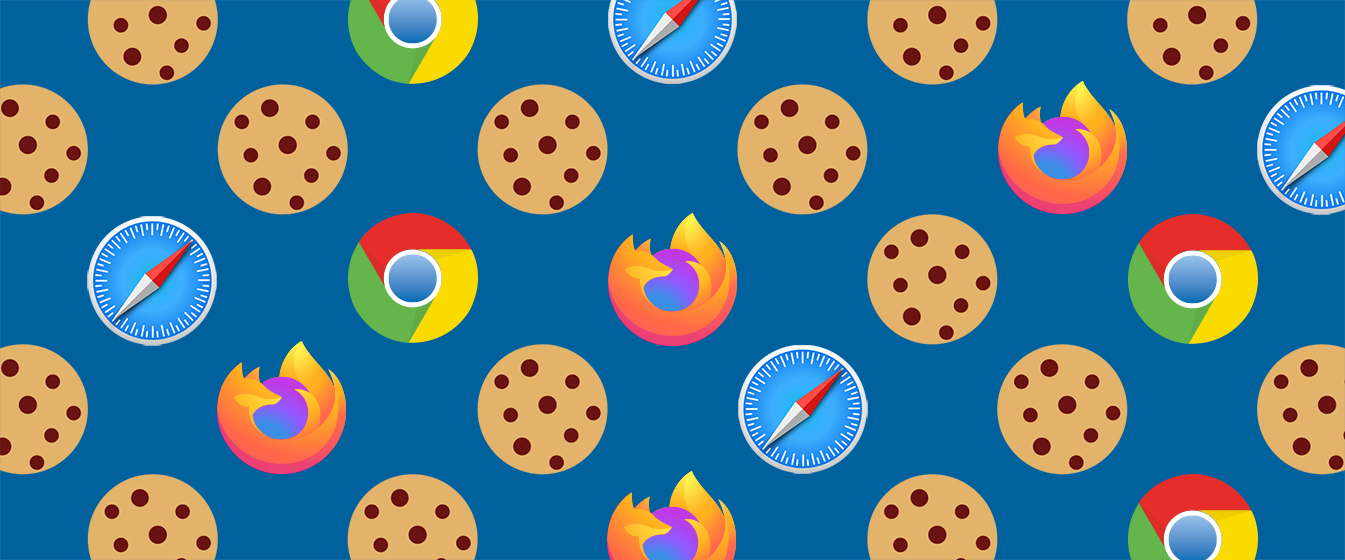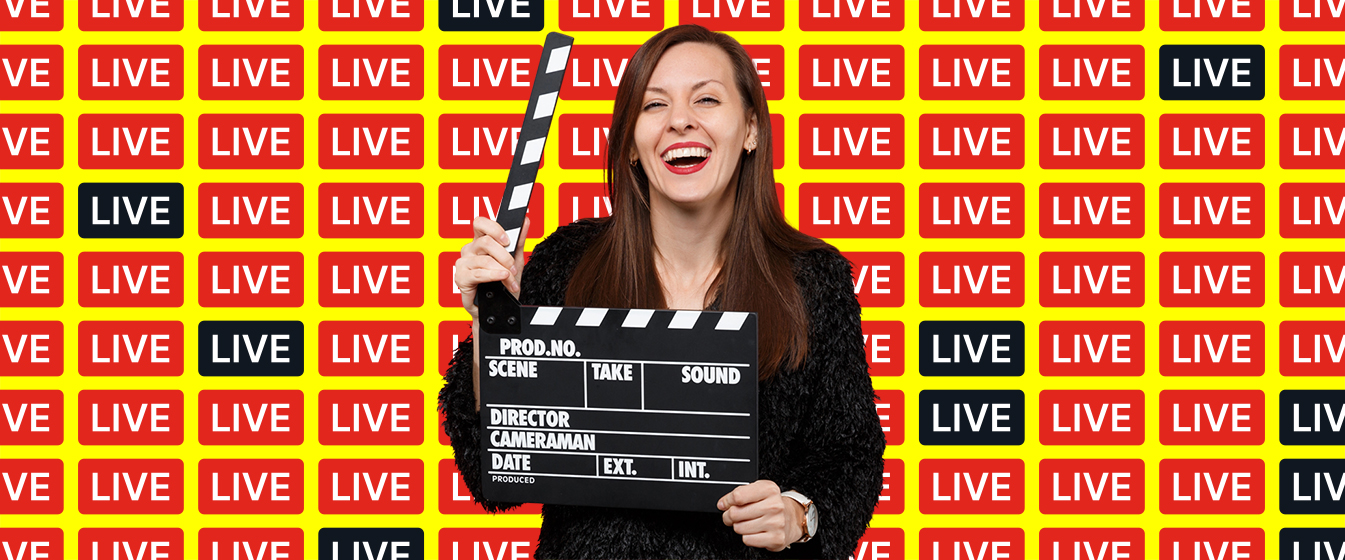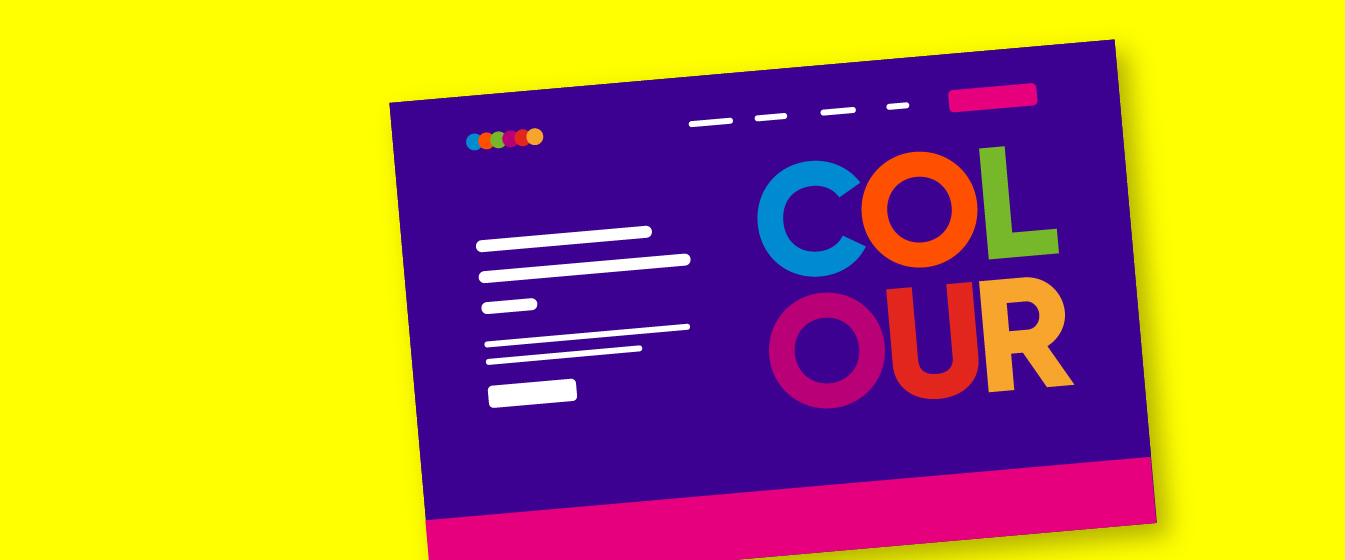Blog: Event marketing
Third party cookies are crumbling and this could be a good thing for events
30 January 2023 minute read

Third-party cookies are on the way out. Privacy advocates are celebrating. Digital marketers, not so much. But what will it mean for events?
It’s currently expected that Google’s Chrome browser will shut off support for third-party cookies during the next two years.
Other major web browsers (Firefox and Safari) already block third-party cookies by default. Once Chrome (which has a dominant 63% of the global market) turns them off it will mean lights out for activities like behavioural targeting, retargeting, frequency capping and cookie syncing, for an estimated 3 billion internet users.
This is going to seriously disrupt the digital marketing world, including the way you advertise your events. But there’s a good argument to be made that events (as a marketing channel) could be the major beneficiary from all this.
Let’s take a look at the upside, as well as how to position your events for the post-2023 online world.
What exactly are cookies?
But first, what are cookies and what exactly is changing?
Cookies are small files of information that a web server generates and sends to a web browser. Browsers store the cookies they receive for a predetermined period of time, or for the length of a user’s session on a website. Relevant cookies are then attached to any future requests the user makes of that web server.
Cookies are currently the most common method of identifying users online and providing a personalised browsing experience, as they can persist after a user leaves the site. They’ve been responsible for delivering the consistent and personalised user experience, which many of us take for granted today.
There are two kinds of cookies: first-party, and third-party
A third-party cookie is a cookie that belongs to a domain other than the one displayed in the browser. Third-party cookies are most often used for tracking purposes. They contrast with first-party cookies, which are associated with the same domain that appears in the user’s browser.
While first-party cookies remember things like website configuration, login details and products added to your shopping cart, third-party cookies generally make up the backbone of online advertising for targeting, retargeting, tracking and attribution.
And it’s third-party cookies that are being killed off, in response to a growing awareness of privacy issues, laws like the EU’s General Data Protection Regulation (GDPR) and ePrivacy, and ultimately, browsers introducing changes to how cookies are handled.

Why does this matter?
The demise of third-party cookies will make it much harder for advertisers to track users across the web and serve them targeted ads. This, in turn, will lead to less effective advertising and could reduce the overall size of the digital advertising industry.
In addition, the loss of cookies will make it harder for site owners to monetise their websites, as they will no longer be able to sell targeted advertising.
Digital advertisers’ loss could be event marketers’ gain
The end of third-party cookies could actually be rather good news for event marketing. Why? Because it opens the door for first-party data collection to be the new standard.
First-party data collection (between an organisation and a user) will become critical now that it’s no longer practical to gain insights about your customer by tracking and analysing their activity across the internet.
And what’s the best example of first-party data collection you think of? I would argue it’s an event.
Think about it. From registration information to RFID, on-site behaviour tracking, interactive app usage, facial recognition through to post-event surveys – events can offer marketers better intelligence and insights than third-party cookies ever did.
When you run an event, you get to know your audience really well. You find out what makes them tick – not merely what makes them click.
And since relationship-driven first-party data collection will soon be the most robust paradigm for marketers, events will be on a more equal footing with online investment opportunities such PPC ads, paid social media and retargeting.
Meanwhile, as web users push back against the invasiveness of digital advertising, events look more and more appealing by comparison. At least with events, attendees enter a social contract of visibility by registering, wearing a name badge and being willing to network.
Events are a fantastic way to engage people to learn more about their motivations and intent. Third-party cookies, on the other hand, are merely assumptions on motivations and intent.

What should you be doing now?
In our humble view, there are four areas events should be looking at in order to reposition themselves and take advantage of this shift away from third-party, towards first-party data.
1 Invest in email marketing
Email marketing is sometimes thought of as old-hat, but it remains one of the most effective ways to build relationships with prospective attendees.
Without having to worry about data privacy compliance issues, events that have heavily invested in building their permission-based email marketing lists will still be able to deliver segmented and personalised messages based on subscribers’ interests, demographics, and behaviours.
2 Get a contextual targeting strategy
Chances are you still want to advertise your events online.
With behavioural targeting going out the window, contextual targeting is the next best alternative.
The beauty of contextual targeting is that it doesn’t rely on third-party cookies to serve relevant ads; instead it simply places your ads next to relevant content throughout the web to reach your target audience based on their interests – with no tracking or solicitation of personal information needed.
3 Raise your first-party data collection game
The deprecation of third-party cookies means that marketers need to take advantage of all the new data available to them as soon as possible. Events that prioritise first-party data collection and use it to inform everything from on-site experience through to ad creative and targeting methodologies will enjoy a massive head start.
To start reaping the benefits of your first-party data, the first step is to identify what data you have, including your event website, registration forms, apps and on-site touchpoints, and post-meeting surveys.
Then, you need to develop a strategy for putting this data into action. This might involve adding new first-party data sources, creating new customer segments, or finding new opportunities to build more personalised experiences.
For example, badge scanning and other tracking technologies can collect valuable data about attendee preferences and behaviours. But these technologies only give you actionable information if your events are purposefully designed to learn more about attendees in the first place.
4 Review your event technology stack
All the first-party data in the world will still get you nowhere if it ends up sitting in silos without the means to join it up and act on it efficiently. Excel is not enough.
At the very minimum, what’s needed is a deep and well-thought out integration of your event management platform, CRM and marketing automation tools – capable of providing a unified source of truth for sales and marketing teams, and a sound basis for their decision-making.
It’s not sufficient to just collect more attendee data. You need to be able to see it, understand what it means and share it with internal and external stakeholders without adding significant administrative load or data security risk.
Smart planners already understand how to use data to iterate their event design and engineer better experiences.
They have nothing to fear, and everything to gain, from the demise of third-party cookies.



